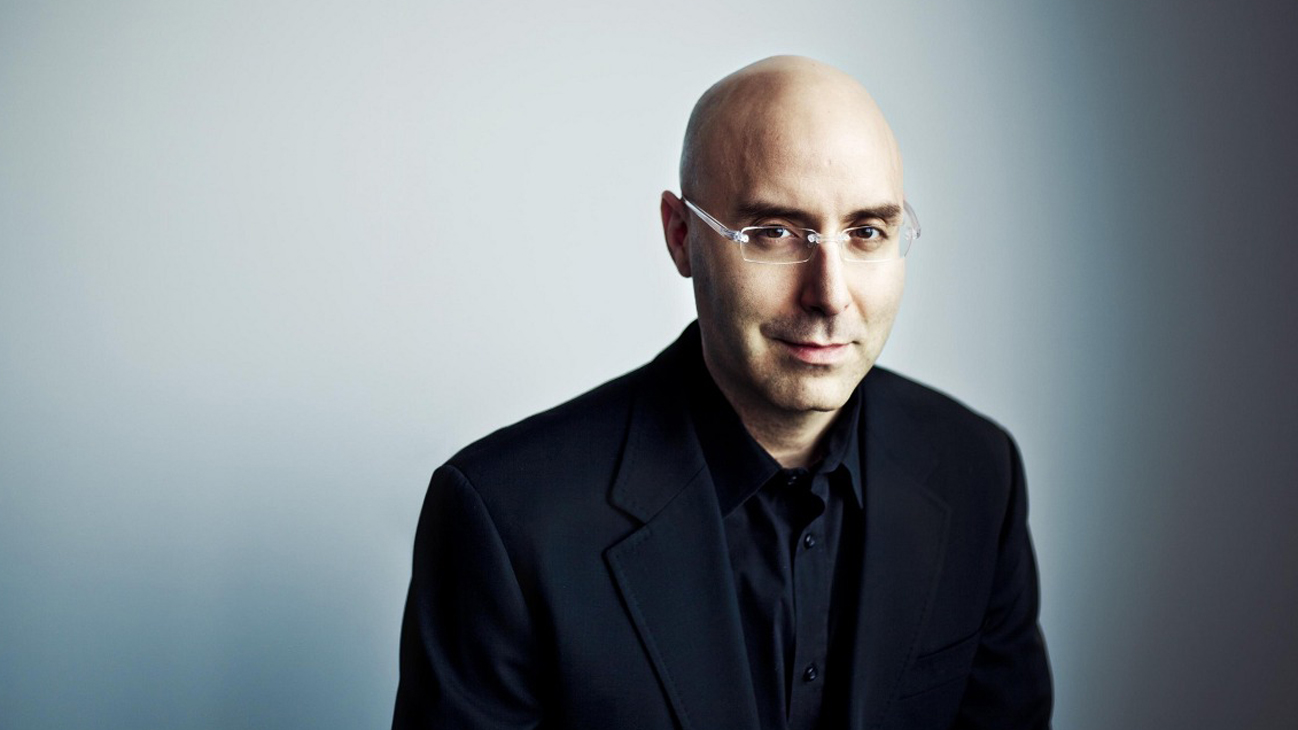Today’s post comes courtesy of Branding and Creativity Expert Ron Tite and his Tite Group report, in advance of Business Transformation Expert Mitch Joel’s appearance at The Art of Marketing today in Toronto. Ron is at the conference to host, while Mitch will be taking the stage with Bethany Mota:
We are always learning, or at the very least, should always strive to be learning.
The pace of today’s industry doesn’t allow us to slow down. Marketers can’t afford to coast with savvy customers who know what they want and how to get it multiple different ways. There’s a power shift in brand-consumer relationships, and it’s time to get schooled.
Schooled by The Art of Marketing that is. As a little sneak peak for today’s event, here’s digital marketing extraordinaire and president of Mirum Mitch Joel on things to look out for:
1. When it comes to data and tracking metrics, numbers can scare people off. What’s a way for marketers and brands to jump into data analytics without getting lost?
It’s not necessarily about what data to look at, I think. The most important question to look at is what data do you need to get the result you want. That is the biggest paradigm in marketing we’ve had for a long time, prior to digital. All we had was numbers before: if I run this ‘x’ amount of times, what happened? If I show a video on a landing page or YouTube and then a CTA at the end, which one performs better and what do I want the conversion to be? Is it to have people watch the video? To sign up with email, so I can connect them? Is it to buy? It’s about that trail: to know what outcomes you’re looking for and then run every program against that. We come from a place we look at analytics in the rear view mirror. Because of what happened with digital technology, we can now sit in the passenger seat.
2. Brands and marketers alike have to stay agile to keep up in the midst of today’s changing brand-consumer relationships. What’s a top tip for innovating without losing sight of who they are?
It’s about being live versus being campaign focused. A campaign is, “Christmas is around corner, plan now, what’s that going to look like.” The live opportunity is how to be fluid. An overused example, but one people that people know well, is the dunk in the dark Oreo. Everyone was like, “this is the tipping point of real time marketing.” I’m not sure it was that, but the indication is that if you want to be agile, you have to be live in the present. Agile is your speed to market and the fluidity in it not being all perfect.
3. Building a loyal community base is always very important. But I’m sure there’s always a bit of trepidation in terms of not being able to maintain it. How can we overcome that fear to keep moving forward and upward?
I’ve argued for years that I’m not sure that brands build community. Brands can communicate and get levels of engagement: someone responds to blog posts or follows you on Snapchat, for example. Real community is tough to do. Very few brands have that type of advocacy and influencer base, that real genuine community. The ones that have it are more influencer-driven than mass-driven. My recommendation is don’t try to build community. Build something, pieces of content or whatever it may be, as shareable with things built into them to have that social aspect.
4. With digital marketing, there are so many possibilities for use and creation. Is there such thing as doing too much?
Yes, as with anything. Brands think that to keep pace, they need to keep up a frenetic pace on Facebook or Snapchat, for example. For our team at Mirum, our steps of analysis are value, more life, more evergreen, then paid channels to push it out. It’s the age-old quality over quantity. It’s really quality with a bit of quantity.
5. It’s great to get a bunch of clicks or page views, but how can we tell when the stories we tell or content we share is actually effectively engaging and mobilizing audiences?
I think that goes back to your first question. It’s about knowing what that CTA is, measuring it and optimizing against it. People think it’s all a campaign, the brief, creative, and let’s go. But cut it and splice it and re-do it. Those are the opportunities. Most brands are treating it in traditional way and traditional media mindset, but in new media and that’s not how to do it.
The Tite Group/June, 2016

